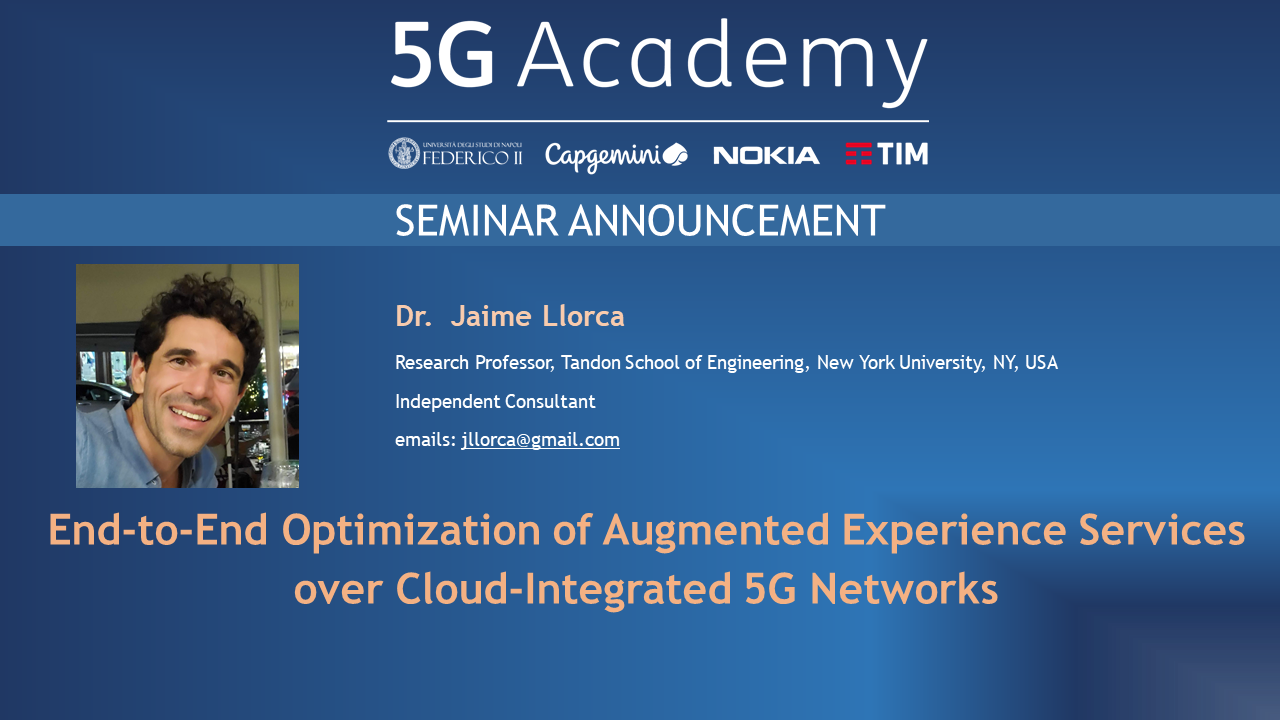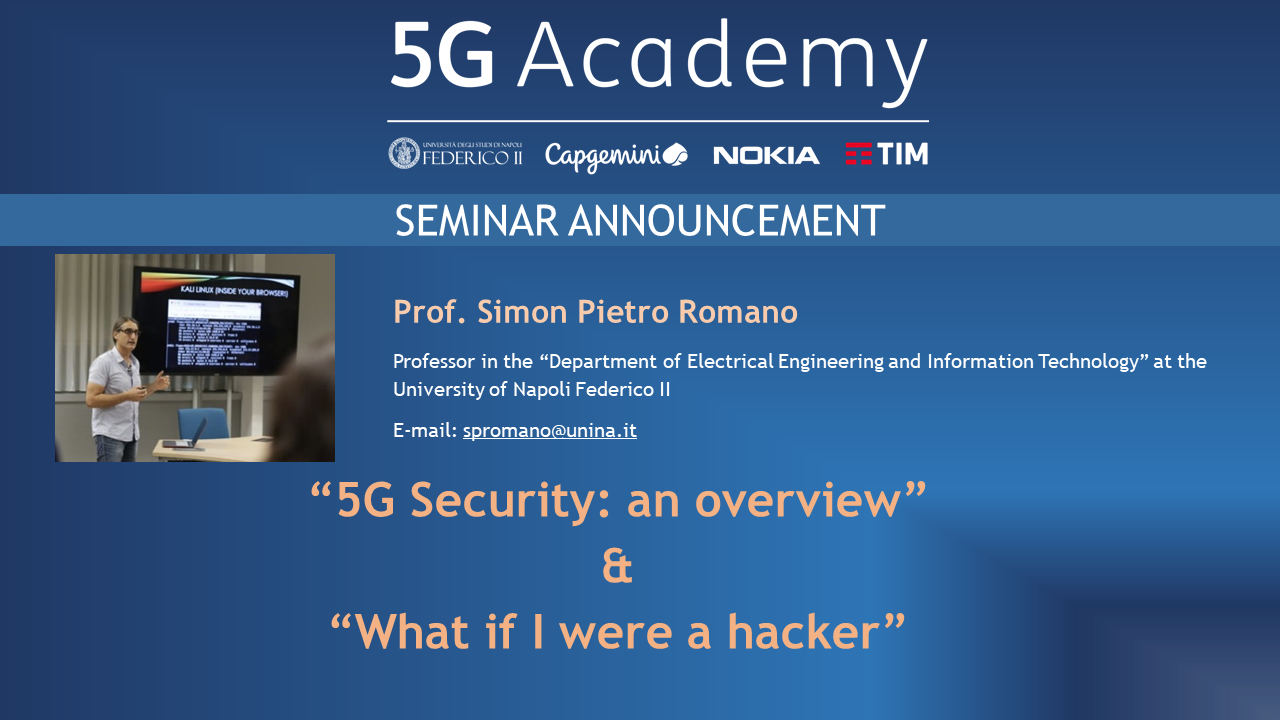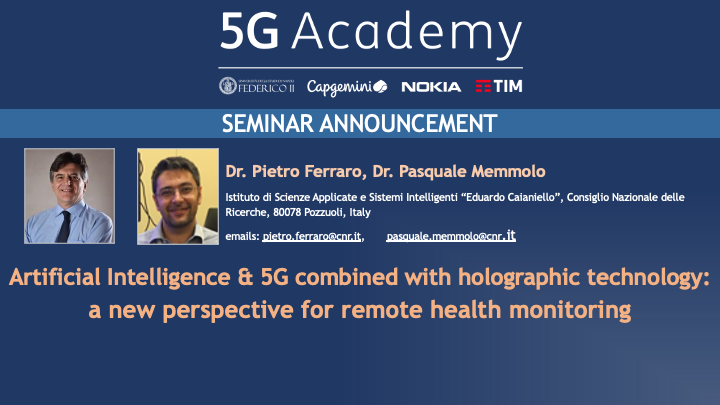The convergence of 5G networks and IT clouds into highly distributed cloud-integrated networks will form a ubiquitous shared computing infrastructure that can host content and applications close to information sources and end users, providing rapid response, analysis, and delivery of augmented information in real time. Next-generation resource-intensive and latency-sensitive services (e.g., industrial automation, augmented reality, social tv) can then be deployed in the form of multiple software functions instantiated at different cloud locations and elastically scaled in order to meet changing service requirements. The cloud service distribution problem is to find the placement of service functions, the routing of network flows, and the associated allocation of cloud and network resources that meets service demands while minimizing the use of the physical infrastructure. This tutorial will review state-of-the-art results for the design of cloud service optimization and control algorithms and will present a novel cloud-network flow model that allows jointly optimizing the allocation of cloud and network resources for services with arbitrary functional relationships and any combination of unicast and multicast flows. Efficient algorithms for both static and dynamic versions of the problem will be described. Illustrative results in the context of NFV, IoT, and real-time stream processing services will be used to illustrate the significant efficiency improvements that can be obtained via the joint end-to-end optimization of real-time computation services over distributed cloud-integrated networks.




